I have a doubt respecting how to calculate the output resistance on this question below.
I've searched at 4 different books and find the same way to compute this value but seems its not be right in that situation.
Translated the instruction:
For the circuit on current source as show the picture below, consider that the common emitter current gain (beta) is 160 and the Early voltage is 8V. The Vbe = 0,7V and the V_T = 25mV, the output resistance of circuit is:
Letter D is answer given.
Anyone have some tips?
My attempt. Like Sedra, Razavi and Boyleastad book said que the output resistance has a approximation expression given as: $$R_{out} = > \dfrac{V_A}{I_C}$$ as $$I_E = \dfrac{4,7-0,7}{20k\Omega} = 0,2\,mA$$
$$I_C \approx I_E$$
$$R_{out} = \dfrac{8V}{0,2 mA} = 40k\Omega$$

